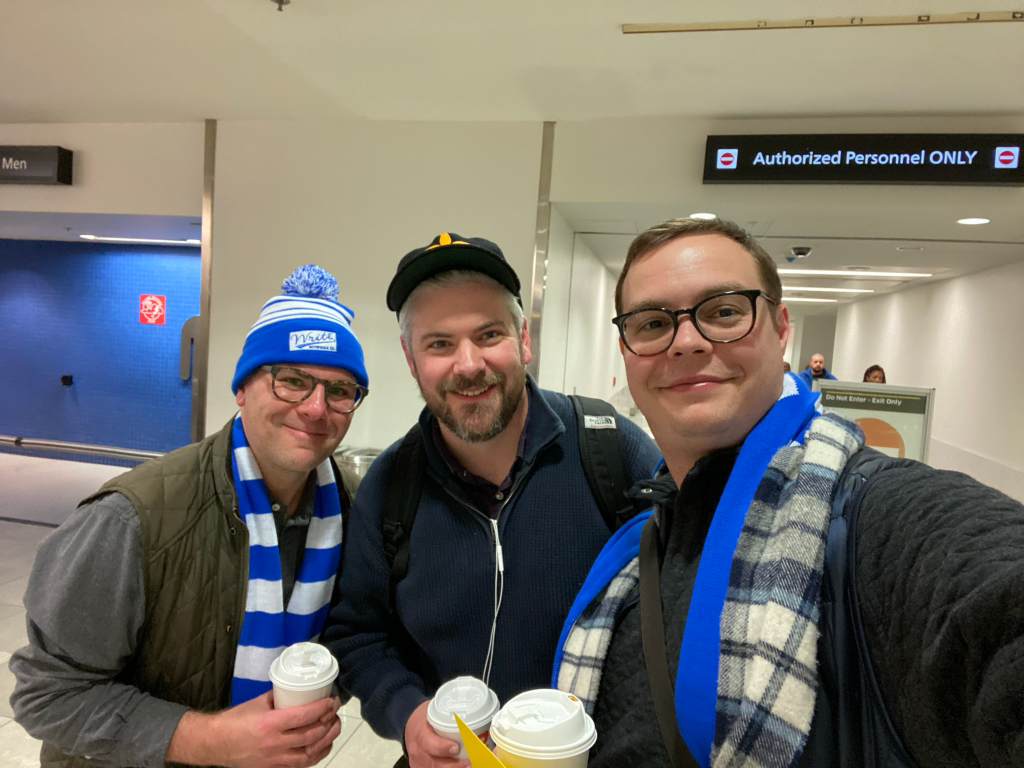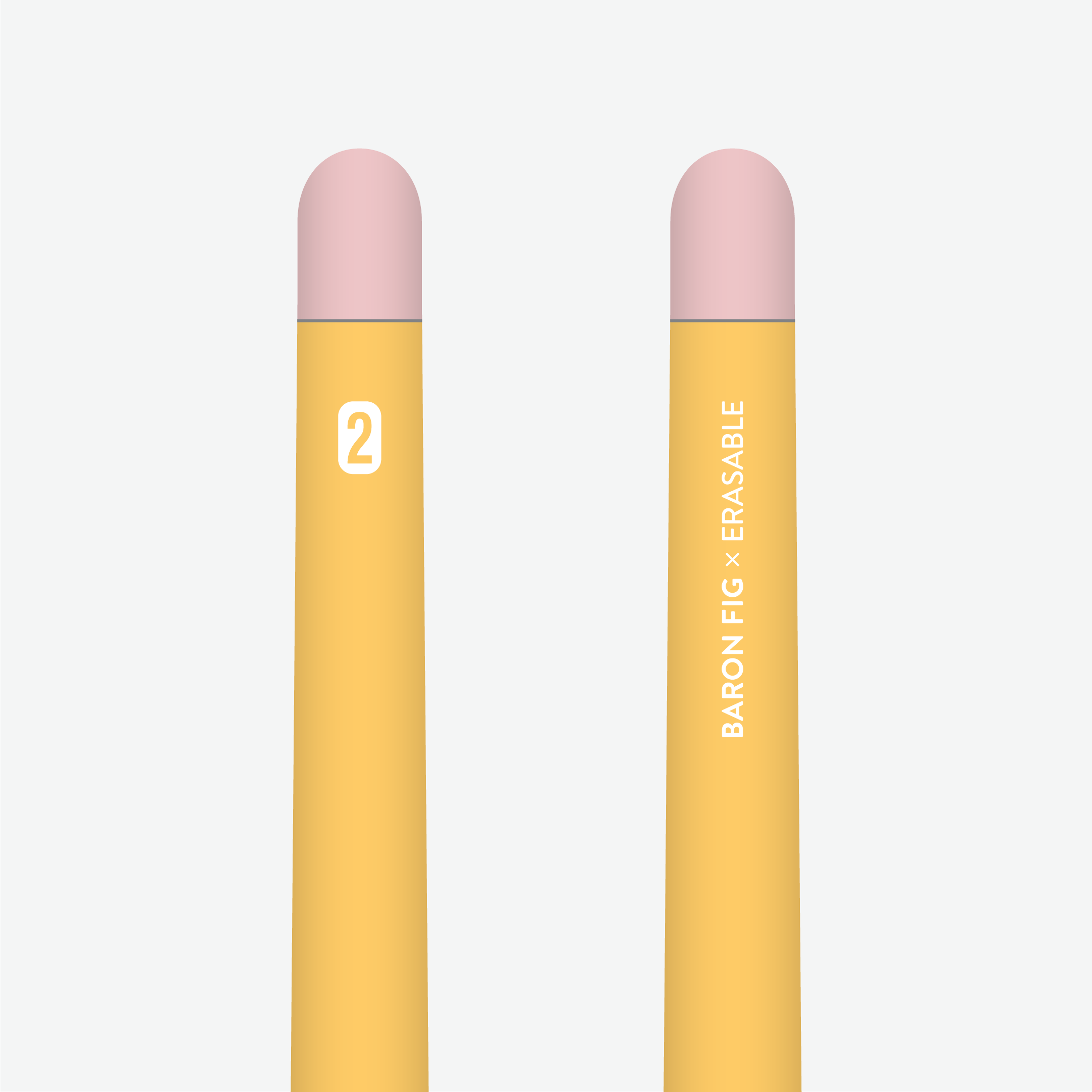I’m sitting here in my apartment in San Francisco, where I’ve spent most of the last three weeks. As COVID-19 sweeps across the globe, I’m counting myself blessed that I have a job where I can work from home, that we have plenty of food and are safe and healthy.

Just two weeks before it seems like we Americans was even aware of the severity of this pandemic, I had one of the best long weekends of my life, in Baltimore. It was the first time ever — in the six-year history of The Erasable Podcast — that Johnny Gamber, Tim Wasem, and I had ever been in the same place. We gathered there to record a live episode at the Baltimore Pen Show. It was a blast! We had our friends Brad Dowdy, Ana Reinert and Dade Scolardi on the show to help us make a case for pencils to a bunch of people who come together to buy, sell and trade expensive fountain pens.
Have a listen — it’s a fantastic episode.
But one of the highlights of the trip was to fulfill a promise we made to ourselves five or more years ago — if we ever met up in person, we were going to get matching pencil tattoos.
I agreed to that promise never thinking that we’d go through with it. A podcast about pencils doesn’t seem like it’d be long for this world. What is there to talk about for that long? How would we find time to come together from Baltimore, Johnson City Tennessee, and San Francisco to meet up?
Well, we did! So Johnny booked an appointment with his favorite tattoo artist, and now we had to figure out what to get.
After discussing a Caroline Weaver-style pencil down our arms, or a KUM wedge sharpener, and a few other things, I presented an idea to my co-hosts.
We shape our tools and they in turn shape us
Back when I worked at Facebook (from 2014 to the end of 2016), I was really into the Analog Lab. It’s a fully functioning print shop, with a letterpress, screen printer, and multiple risograph machines. One of the designers at the Analog Lab, Tim Belonax, made a poster featuring an Escher-esque yellow pencil, bent in a triangle, drawing itself. It was accompanied by a quote that, at the time was attributed to Marshall McLuhan1: “We shape our tools and they in turn shape us”

I’ve always loved that pencil. There’s something about the shape of it, bent around, drawing itself that appeal to me, because so much of my interest in using creative tools (like pencils, or typewriters, or software application) has taken a meta turn — I create media about pencils. I now work at Adobe, which makes creative tools.
If I were to describe my relationship with creative tools, it’d be not dissimilar to that quote, and the pencil drawing itself is the perfect emblem for that.
Luckily for me, Johnny and Tim connected with the image, and we agreed to get this design embedded into our skin for the rest of our natural lives.

We all had a slightly different vision for how it would manifest, though. Tim preferred just the outline of the illustration. Johnny, who is the most tattooed of us (this was the first for Tim and me) got it on forearm next to a few other designs, and colored the pencil teal and purple to match. I decided to be as true to original vision as possible, with solid bright yellow ink and a bright pink eraser.

So, now it’s official — I love pencils and I have the ink (ironically) to show it! And Johnny, Tim and I have an unerasable reminder of how our mutual hobby binds us. Three weeks later after the scabbing and the redness has lessened (I’ll spare you the details, but I’ll just saw that , my sensitive skin was pretty angry at me), and I’m still pleased with my decision.
A huge thank you to Tim Belonax for the original design, Hunter Spanks, our tattoo artist, and of course Johnny and Tim for taking this journey with me!
And PS: because I’ve heard this question a LOT — it didn’t hurt as much as I thought it would, but it definitely hurt.
- This quote is often attributed to McLuhan, but after some digging, it’s thought that it was actually John M. Caulkin, a friend of McLuhans, who said, “Life imitates art. We shape our tools and thereafter they shape us.” ↩︎









